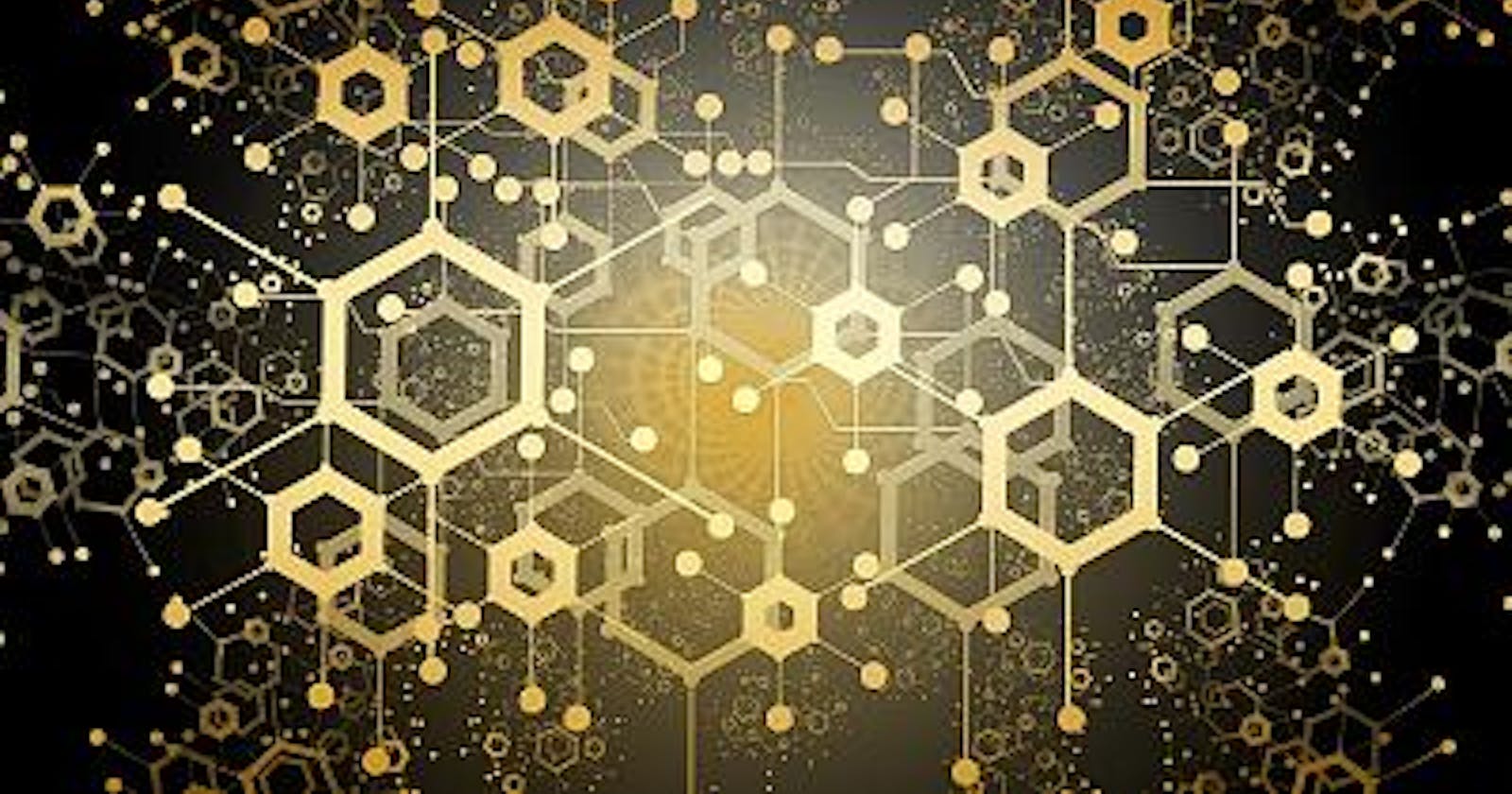There is a big buzz ongoing in the tech world with the introduction of NFTs. What is NFT you might ask? NFT are non-fungible tokens with unique id associated with them. These creations can be in form of music, audio, visual, images/memes and art and are sold in marketplaces which run on blockchain such as Opensea, Rarible and other marketplaces.
Generative Arts (GANs):
Generative Adversarial Networks (GANs) as the name implies are deep neural networks built to generate images. The GANs are unsupervised learning algorithms that makes use of two sub-algorithms: the generator and the discriminator in learning patterns associated with an image or group of images. The discriminative algorithm is known as the classification algorithm that classifies the input variables while the generative algorithm summarizes the distribution of input variables which it is able to use to create or generate new examples in the input distribution.
Music generation:
Music generation involves using deep learning techniques such as natural language processing (NLP), variational autoencoders (VAEs) and even GANs to generate music. The algorithm learns the patterns in the notes inputted and generates its own pattern. The length and genre of the music is determined by both the owner and the notes/genres added into the training.
DApps:
Decentralized applications (DApps) as the name describes it are web/mobile apps built on decentralized networks which is usually the blockchain such as Ethereum and Solana. Web/mobile apps which are machine learning models can be created and run on this network. Applications like GANs based NFT generating websites can be built on these networks.
Conclusion:
There is so much machine learning can do in the world of NFTs. I will be working on a project that involves generative NFTs in the coming months as a test run into the world of blockchain. You can connect with me on LinkedIn for recommendations or corrections. Thank you for reading.
